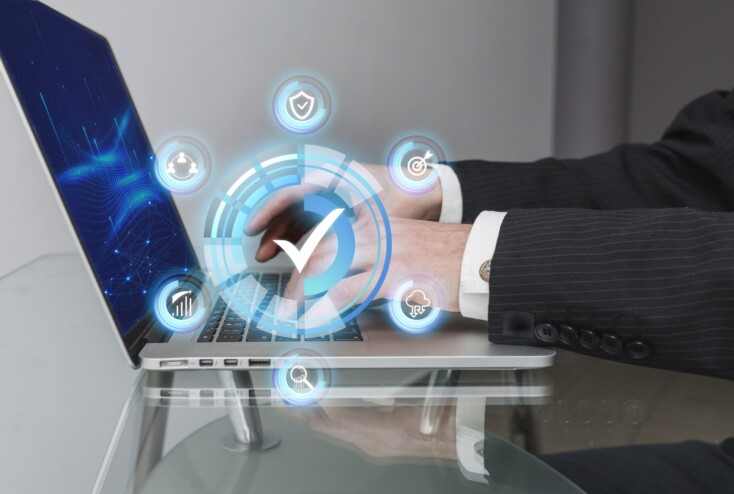
Upskilling: A Key Strategy to Futureproof SMEs in a Digital and Sustainable Economy
Upskilling is the key for SMEs to thrive in a digital and sustainable economy—and UOB FinLab is here to make it happen.
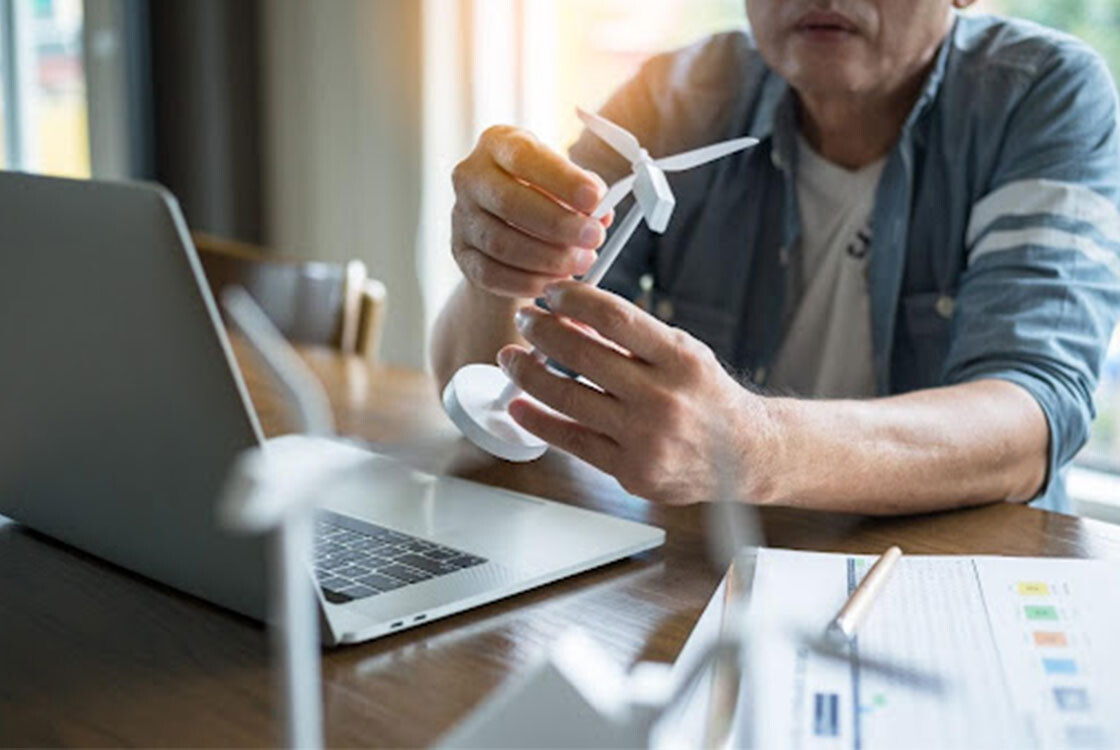
Shifting to business models that are grounded in the principles of the circular economy will not only bring SMEs cost-savings and efficiency gains but will also open doors towards innovation and new sources of revenue and innovative customer engagement models. To capitalise on these opportunities, however, SMEs must make some very important changes.
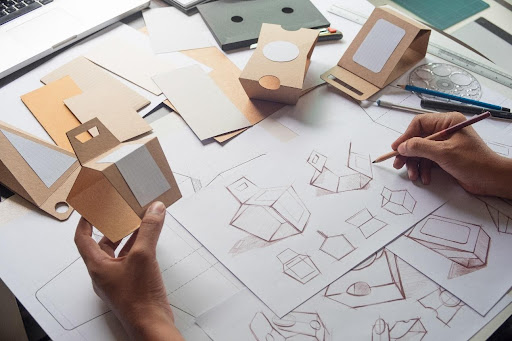
In business planning and strategy, they need to shift from focusing on maximising throughput and sales margins to participating in continuous product and service cycles—that is, planning for products and services whose lifecycles are designed not to end or are meant to be sustained for as long as possible. Get out of the “selling more means more revenue” mindset and accept that you will instead have to devote more time and energy to managing complex, collaborative networks of suppliers, customers, retailers and manufacturers.
Product development should undergo two crucial shifts, according to a report by McKinsey. First, the process should become more collaborative: consider how you and your users could work together to make your product easier to reuse or remanufacture. Once you have determined how to design your product to be reusable or re-manufacturable, go a step further and incentivise users to return the item. One way to do so, is by giving rebates for the return of used products, which has the added benefit of securing a fuss-free collection scheme.
Stakeholders along the value chain—such as procurement and marketing staff, as well as distributors and retailers—should also have a say in the process. This approach is more likely than siloed development processes to yield products that make efficient use of resources. The McKinsey report shares an instance of a medical equipment manufacturer that found a way to make products more appealing to emerging markets after bringing sales, product development and other teams together. Their original products were too expensive for their target market; the inter-team collaboration, however, uncovered a solution: refurbish used medical equipment from more developed countries to create a product line that was more affordable for emerging markets.
Second, use design thinking to come up with user-centric products or services. One thing to ask customers is how to provide value and address their needs while using the minimum amount of materials. Sometimes this could mean offering a service rather than a tangible product, similar to how, for some people, cloud services have replaced their own devices as the preferred means to store data.
For sourcing and manufacturing, companies should prioritise renewable or restorable material inputs. Businesses working with fabrics, for instance, could opt for those made from natural, biodegradable fibres such as bamboo, Lyocell or hemp. Companies should also explore how to adequately source these from reverse supply chains, i.e., retrieving used products and materials from customers or other entities down their supply chain.
To protect against disruptions and make sure supplies are adequate, especially for materials coming from reverse supply chains, SMEs should consider sourcing from many different small-scale suppliers instead of making large-scale purchases from just one or a handful of suppliers. There are tradeoffs, however: sourcing from multiple suppliers will help make supply chains more resilient but will also increase their complexity; buying in bulk from one or two suppliers could come out cheaper but will make the business more vulnerable to disruptions. SMEs must, thus, actively gauge their risk tolerance and capacities in order to craft the most appropriate sourcing strategies.
To mitigate the risks associated with managing multiple suppliers, companies must put systems in place to properly vet potential suppliers, periodically reassess existing contracts, and step up production quality control to ensure your output’s consistency despite using various input sources. These will entail some cost but, as the pandemic showed, disruptions also come with a hefty price tag.
The circular economy also redefines customer relationships and moves away from product ownership towards access to functionality. As such, companies must shed the traditional sales mindset that views a successful purchase as the culmination of the customer relationship. Instead, focus on managing lengthier, more meaningful relationships with users by improving the quality of your customer service. Adjust the Key Performance Indicators (KPIs) for sales teams, and base incentives such as commissions and bonuses, on servicing metrics in addition to sales quotas.
For SMEs, nurturing longer relationships may seem like an expense rather than a source of revenue, but this is exactly the mindset that the circular economy is trying to change. A quick sale may contribute to short-term cash flow, but a longer relationship built around circular business models yields additional revenue streams. The Product Life Extension model, for instance, yields new earning opportunities through product upgrades and repairs. Product as a Service likewise allows for long-term revenue generation through lease or pay-per-use agreements.
Lastly, do not just do reverse cycle activities (looping materials back into the cycle) for the sake of compliance; look for growth opportunities embedded in these take-back or buy-back efforts. For instance, repurposing used materials could uncover efficiency gains and cost-savings. To make the most of this, however, businesses will need to be vigilant about quality control and figure out how best to reclaim, reuse and reprocess materials.

A more favourable policy environment may be on the horizon in Southeast Asia, with the Association of Southeast Asian Nations (ASEAN) prioritising the development of a Framework for Circular Economy for the ASEAN Economic Community in 2021. The framework will outline how member states could work together to create vibrant, integrated economies while fulfilling Paris Agreement commitments and the Sustainable Development Goals.
To help businesses participate in the circular economy, governments are also offering financial support.
In Singapore, SMEs could tap on the Monetary Authority’s Green and Sustainability-Linked Loan Grant Scheme (GSLS), which came into effect in January 2021, as well as the Enterprise Sustainability Programme (ESP), launched in October 2021 . The ESP, announced by Minister for Sustainability and the Environment Grace Fu in February 2021, will help about 6,000 enterprises access workshops, financing, certifications and product development projects to help them adopt sustainable practices and participate in the green economy.
In Malaysia, SMEs can apply for the Green Technology Financing Scheme (GTFS), which is accepting applications until December 31, 2022. The GTFS supports the government’s sustainable and responsible investment agenda and includes the issuance of green bonds.
Apart from government grants, SMEs can also reach out to banks and financial institutions for support. UOB, for instance, is committed to sustainable financing through the Green Circular Economy Framework, which financially supports businesses pursuing circular design, product-as-a-service and the recycling of plastics, metals and electronics. Our Green Trade Finance Framework can also help SMEs go green. This currently covers sectors such as circular design, green transport, sustainable aquaculture, renewable energy and material resource recovery.
Eric Lim, Chief Sustainability Officer of UOB, explains the company’s commitment to sustainability: “It’s very important for us to understand that we need to be able to respond to our investors and our customers through sustainable products and services. And, by effectively integrating sustainability into our business strategy as well as operations, this is a critical part of how we continue to generate positive outcomes on total shareholder return.”
The shift from linear to circular will not be easy. It will demand a drastic change in mindset and habits, and an equally substantial overhaul of business models. Smaller companies with limited resources may be tempted to just stick to how things have always been done. Still, transitioning to the new circular economy makes much business sense for SMEs, and fortunately, there is now a growing support system to help you make that leap.
Adds Lim, “It is time to act and it is important that we do, because sustainability excellence is going to be critical to all of our success.”


Upskilling is the key for SMEs to thrive in a digital and sustainable economy—and UOB FinLab is here to make it happen.
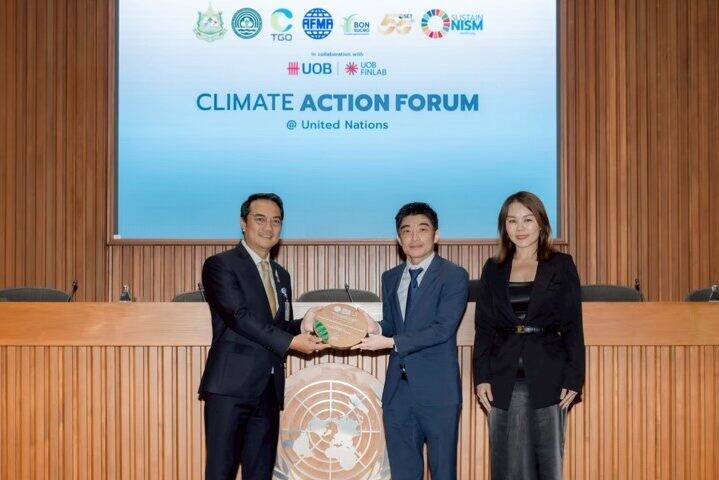
UOB FinLab in Thailand has been conferred the prestigous Climate Action Award 2025 for its efforts in combating climate change
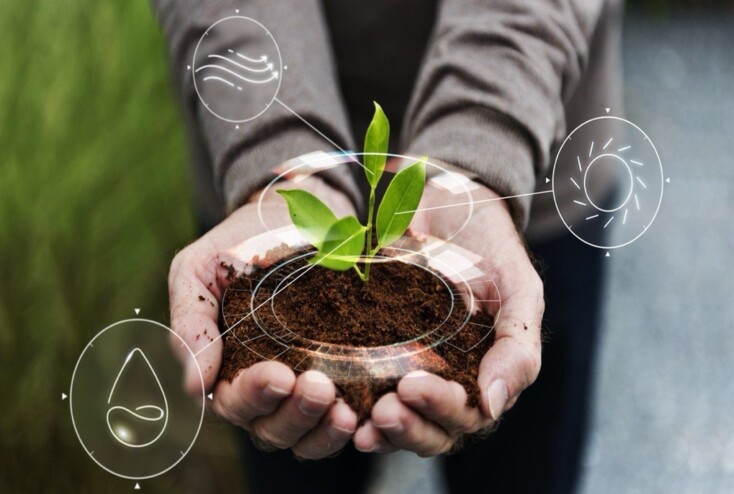
Learn about the key sustainability trends UOB FinLab is focusing on for 2025.

Designed for business owners to enhance their digital capabilities through practical learning, this programme takes businesses to the next level.
Designed for business owners to enhance their digital capabilities through practical learning, this programme takes businesses to the next level.


Bridge ideas and innovation, subscribe to the FinLab Connect now!